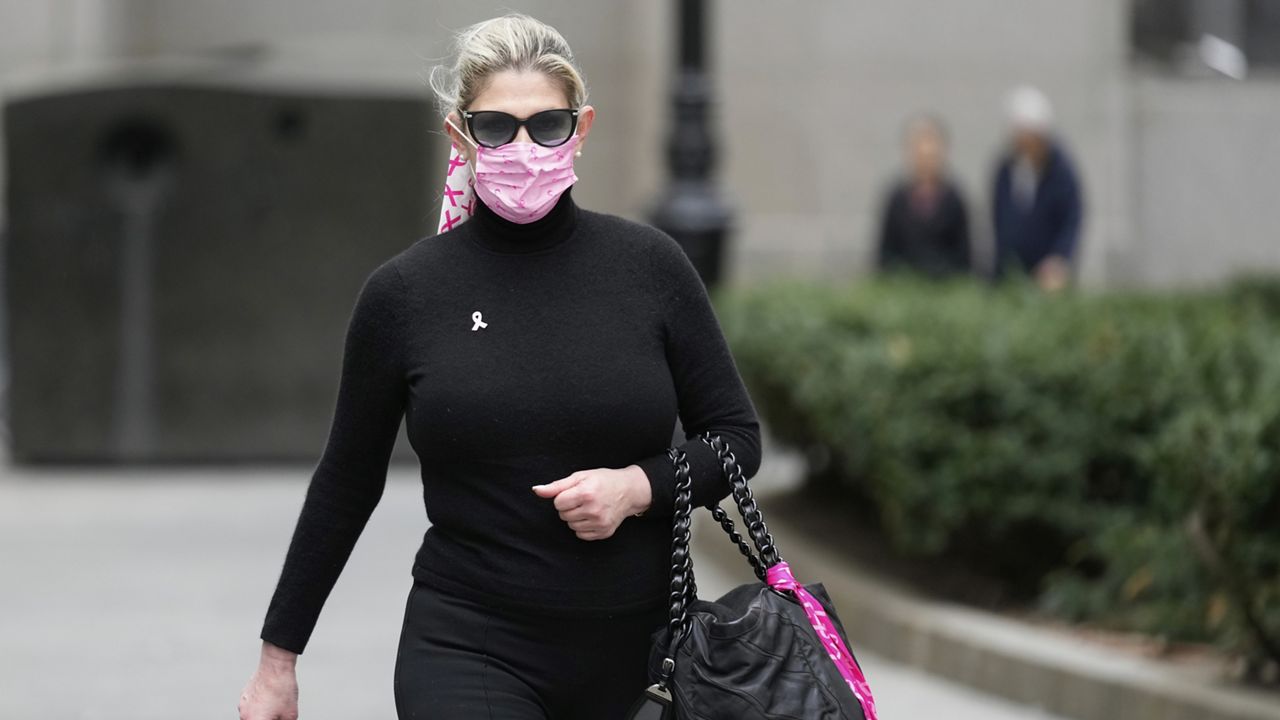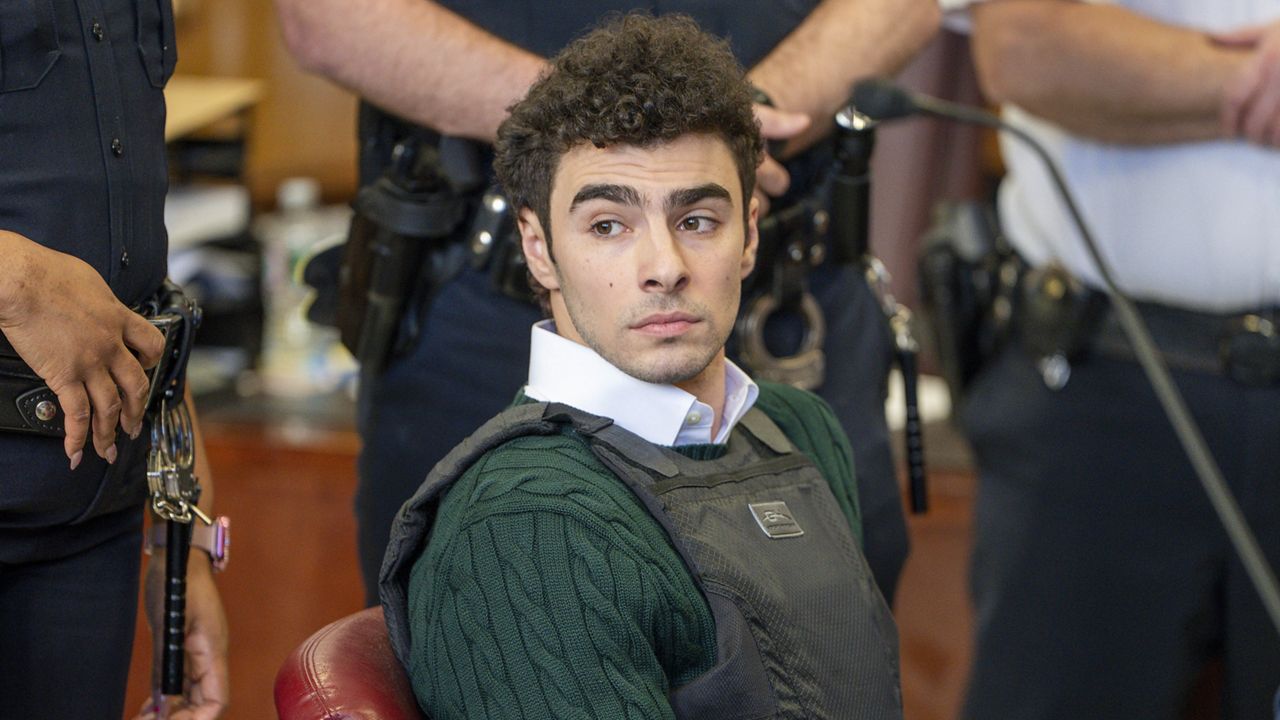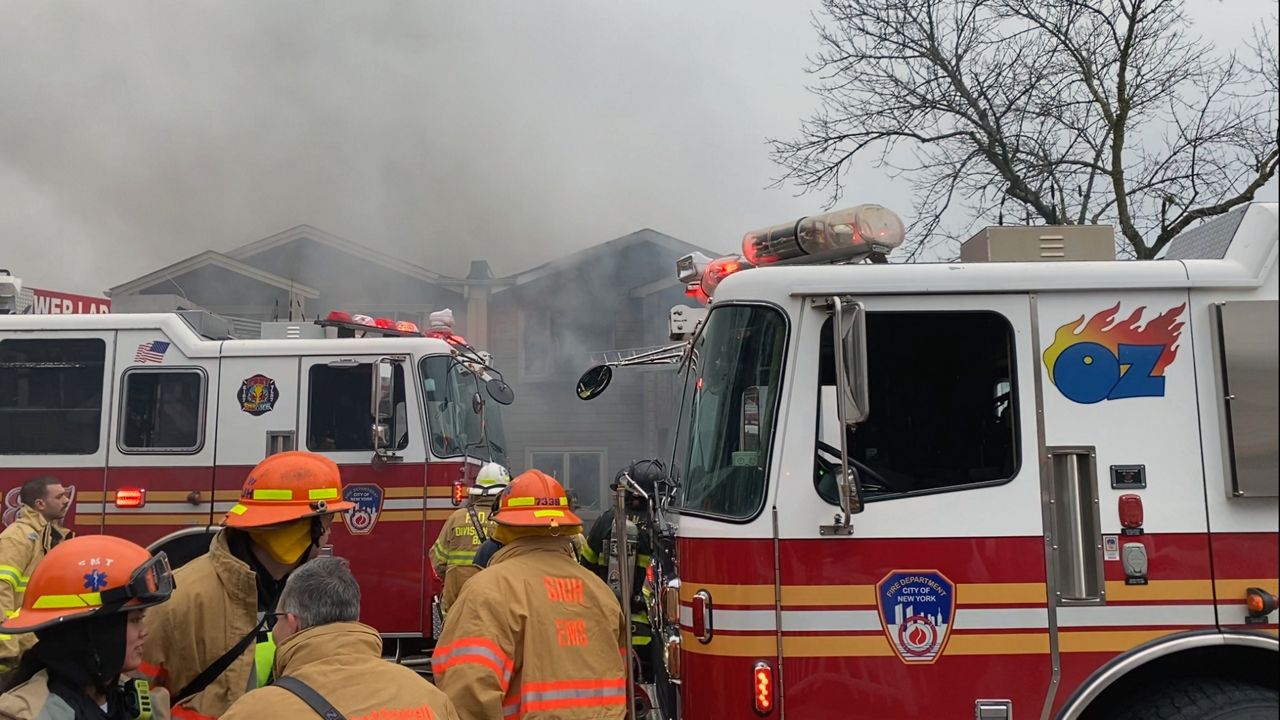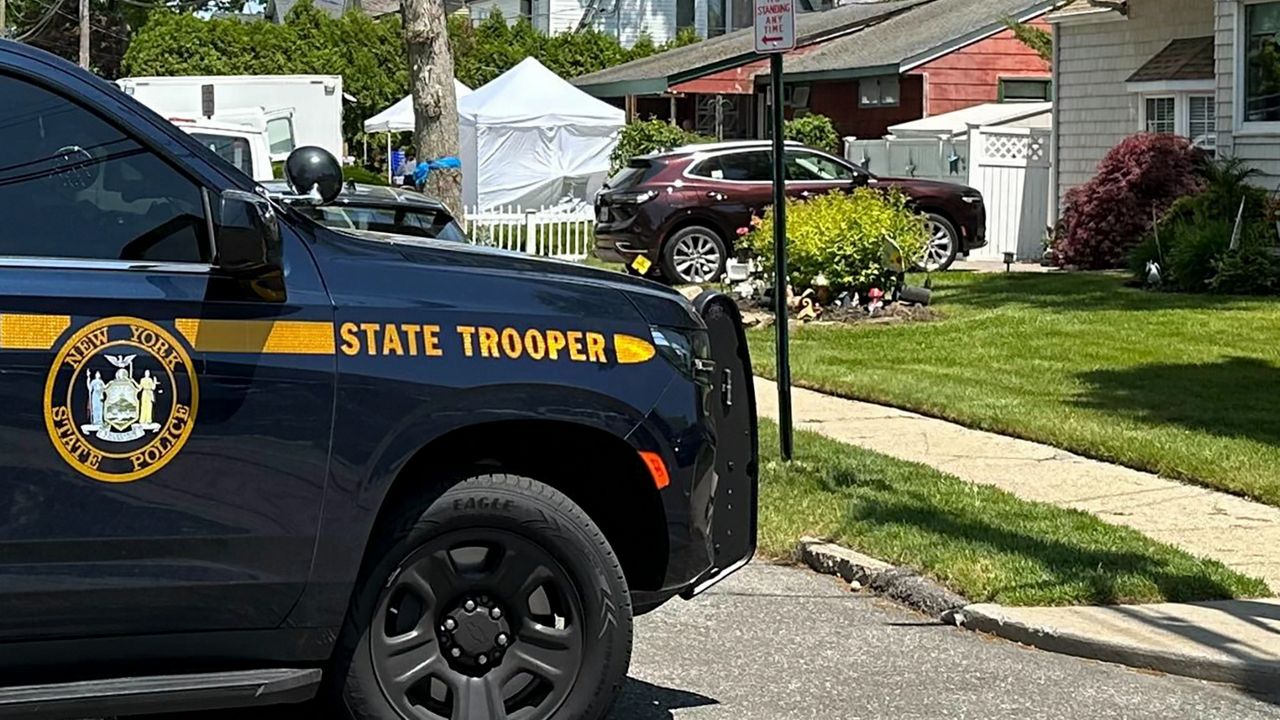The active shooter fires several shots at his victims at close range. The scared commuters scream and panic until officers are able to take him down. Bullet casings and mock blood: scattered on the platform.
This scene may appear real, but it’s not. It is a drill — part of a new training for the NYPD transit bureau's anti-terror unit.
Commanding Officer Raymond Porteus said as active shooter situations become more common, officers need to be ready.
“We constantly update our readiness. We are always sharpening our sword to our response,” Porteus said.
What You Need To Know
- The NYPD transit bureau's anti-terror unit and the Federal Law Enforcement Training Centers collaborated for a new training
- Officers have to respond to realistic active shooter scenarios in a subway setting
- Twelve officers were selected for the training, but the program will be expanded later this year
The unit was already doing active shooter training, but a few months ago, officials decided to focus on what to do if the shooting happed on the subway. While the program was in the works, instructors from the Federal Law Enforcement Training Centers included lessons learned from the mass shooting on a train in Brooklyn in April.
“We did do research on the April shooting, all the way down to the canisters they used to smoke up the train and how they jumped train to train to try to escape,” instructor CJ Taylor said.
Other scenarios included a stabbing and a shooting on a moving train. Officers played roles as actors for realism.
The four-day training included some classroom work, a visit to an actual train station and then the reenactments at the FDNY training center. A dozen officers were selected for this first training, which will be expanded later this year.
“Most active shootings happen in malls and open areas. We are looking at what happens if an active shooter is on a platform, on a train while it’s in motion, how do we get there to stop it as quickly as we can,” Taylor said.
As for what commuters should do in an active shooter situation on a subway, experts say get out of the train if it's possible and safe. If not, take cover and stay out of the way so officers can respond.









